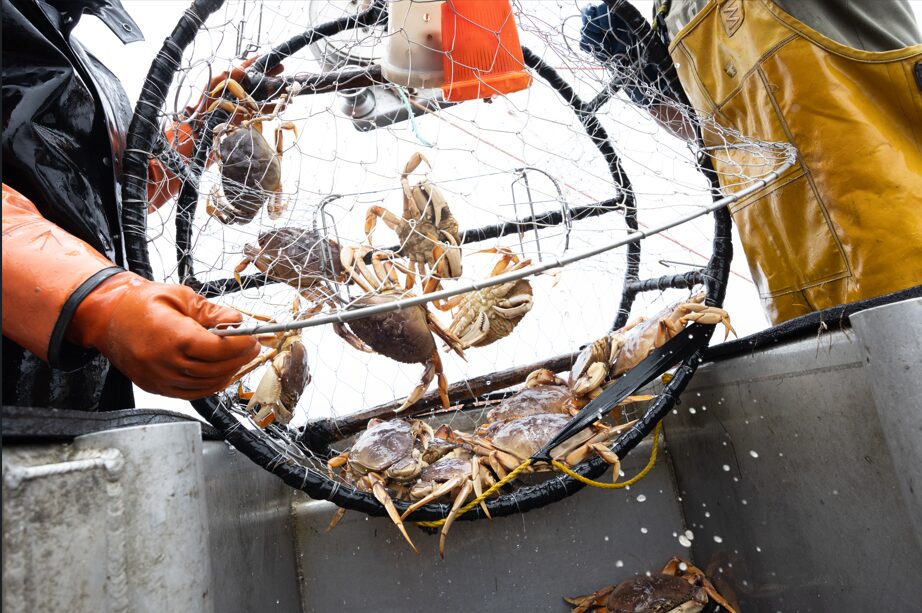
Putting Gear to the Test: Helping Fishers Adapt Through Innovation
Marine debris and fishing gear entanglement are serious threats to whales, sea turtles, and other protected marine life—many of which live in our national marine sanctuaries. Entanglement typically occurs when an animal becomes caught in vertical lines–ropes that connect surface buoys to traps or pots on the seafloor, such as those used in lobster and crab fisheries. This can make it difficult for the animal to swim, feed, or reach the surface to breathe. Without timely assistance from authorized responders trained to safely disentangle animals, entanglement can result in serious injury or death.
On the U.S. West Coast, whale entanglements have increased since 2014. According to NOAA Fisheries’ 2024 West Coast Whale Entanglement Summary, last year saw the highest number of confirmed entanglements since 2018. Most cases have involved gear from the commercial Dungeness crab fishery, with the majority reported in California.
To reduce risk, California has implemented a variety of management measures, including trap limits, depth and surface gear restrictions, and seasonal closures in areas with high whale activity. In recent years, closures have delayed the start of the fishing season and led to early closures, creating economic challenges for fishing communities along the coast.
Innovations in fishing technology are offering opportunities. On-demand or “pop-up” gear systems, which eliminate the need for persistent vertical buoy lines, could help reduce entanglement risk while allowing fishing to continue.
The National Marine Sanctuary Foundation, working alongside California commercial fishers, is actively testing the innovative gear. To support this effort, the Foundation works with the fishing community, gear manufacturers, and resource management agencies – including the California Ocean Protection Council, Pacific States Marine Fisheries Commission, CDFW, and NOAA Fisheries – to deliver hands-on training and facilitate testing to help evaluate the gear’s performance, reliability, and usability under fishing conditions.
Most of this work is being conducted under an Experimental Fishing Permit issued by the California Department of Fish and Wildlife in August 2023, which authorizes the use of pop-up gear without vertical lines and surface buoys.
“This experimental fishing permit will provide us and fisherman collaborators the opportunity to gather much-needed data on the how the gear performs on fishing vessels as well as feedback on how to tailor designs to meet fisher’s needs. We look forward to working with fishers and our partners to help conserve iconic marine species,” said Greg Wells, Gear Innovation Manager at the National Marine Sanctuary Foundation.
As interest has grown, the permit has been amended to include more participants and expand testing opportunities.
To reduce financial barriers and encourage broader participation, the Foundation launched a gear lending library. This allows fishermen to borrow and test a range of pop-up systems on their vessels. In turn, they contribute valuable data and feedback that support further development and refinement of the gear.
To date, participating fishers have completed 745 trials with five different pop-up fishing systems. Information gathered from these trials is helping guide improvements and may support future authorization of alternative gear that could be used during closures due to entanglement risk. This collaborative effort represents an important step toward finding a balanced solution that protects ocean wildlife while supporting thriving fisheries and the communities that rely on them.
